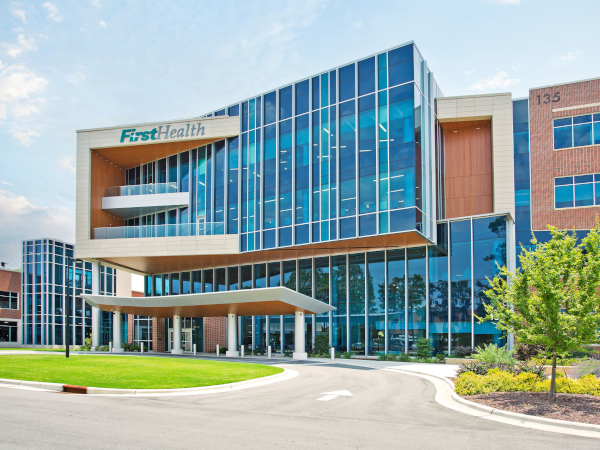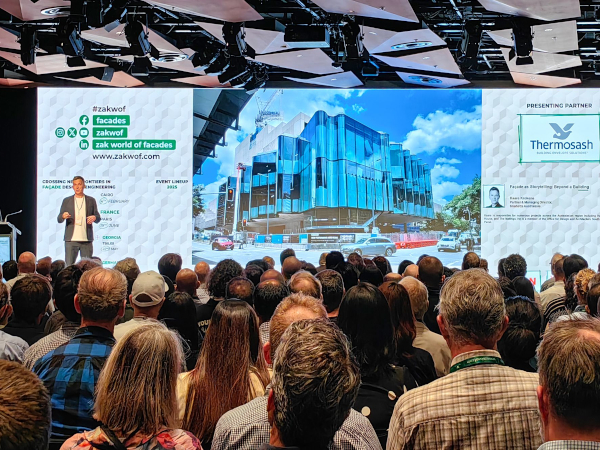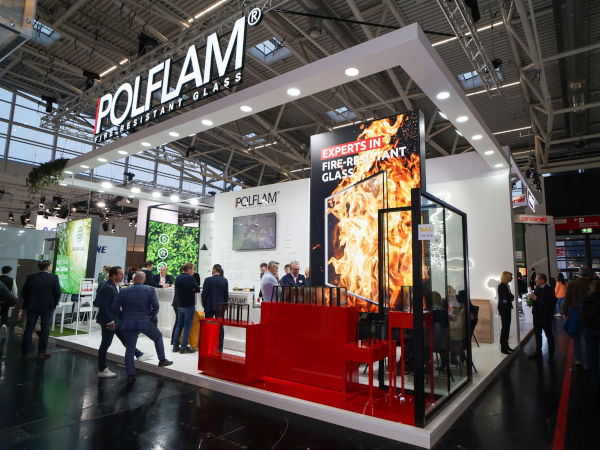Date: 27 August 2012
In June this year the We Found Love singer Rihanna was evacuated from a hotel in London after fire broke out in a lift shaft. The fire was quickly detected and the hotel’s evacuation procedures worked smoothly. There was only limited damage and nobody was hurt. The London incident followed a similar lift shaft fire only weeks earlier in an hotel on the Isle of Wight. While both fires were easily dealt with, they underline how lift shafts provide a ready pathway for smoke and fire to travel upwards in multi-storey buildings. Buoyant fire gases in a lift shaft can quickly fill upper floors, and there is much evidence to suggest that the majority of fatalities in such fires occur on higher floors significantly removed from the seat of the fire.That was certainly true in 1980 MGM Grand Hotel fire in Las Vegas which claimed 84 lives, the worst disaster in Nevada history. In that incident, while the fire primarily only damaged the second floor, most of the deaths occurred on the upper floors, with elevator shafts and stairwells allowing toxic smoke to spread upwards.Indeed, much of our understanding of the dynamics of vertical fire movement and how to deal with fires in tall buildings come from the USA, the original home of the skyscraper. The first such fire, which entirely rewrote building regulations, was the Triangle Shirtwaist Factory fire in New York in 1911.It’s hard to overestimate the impact this fire had on both our understanding of vertical fire movement and on the building regulations to mitigate against fire risk. The fire in a garment factory in a tall building claimed 146 lives, and directly led to new laws on building access and egress, fireproofing requirements, the availability of fire extinguishers, the installation of alarm systems and automatic sprinklers.Last year, at precisely 4:45 PM EST, the moment the first fire alarm was sounded in 1911, hundreds of bells rang out in cities and towns across the USA. For this commemorative act, the Remember the Triangle Fire Coalition organized hundreds of churches, schools, fire houses, and private individuals in the New York City region and across the nation – underlining its significance in the annals of fire history.The basic rule in a fire situation has always been to avoid using the lift. However, as our understanding of fire dynamics has progressed, even this is being rethought. For example, in Canary Wharf, in the heart of London’s financial district, the use of both lifts and emergency stairs in simultaneous evacuation exercises has significantly reduced evacuation times.And in the investigation into the World Trade Center 2 collapse it was found that in the 16 minutes before the impact of the second aircraft, 27% of those who evacuated WTC2 used the lifts for part of their escape route.In addition, the investigation found some evidence that the flow rate from WTC2 during these 16 minutes was approximately twice that for WTC1 where only stairs were available for evacuation.
Fires involving lift shafts pose particular risk in hotels where there can be large numbers of people, some of whom may be elderly or infirm, and in an unfamiliar place. In 2007 alone, it’s estimated that one in 12 hotels and motels in the USA suffered a structural fire. In the same year, there were 1,800 fires in the UK affecting hotels, hostels and boarding houses.
Under current fire safety legislation it is the responsibility of the person(s) having responsibility for the building to provide a fire safety risk assessment that includes an emergency evacuation plan for all people likely to be in the premises, including disabled people, and how that plan will be implemented. Such an evacuation plan should not rely upon the intervention of the Fire and Rescue Service to make it work.
The 1977 Hotel Polen fire in Amsterdam is another example that stands out in recent fire history. In that conflagration, 33 people died. The five-storey hotel, built at the end of the 19th century, was almost entirely made from wood, including load-bearing elements.
At about 6.20am a member of staff saw smoke coming from a freight elevator but, rather than call the fire department, the night porter instead poured some buckets of water down the shaft. Because of the building’s wooden construction, by the time he did call the emergency services it was too late.
By 7.00am the building had started to collapse, with guests on the upper floors jumping from their rooms. By 8.30am the main part of the building had collapsed.
The cause of the fire was never established, but the likely explanation is that a fire had been smoldering undetected, and which was brought to life by the opening of the lift shaft – providing an inflow of oxygen and allowing fire and hot gases to spread vertically.
Lifts can therefore be both friend or foe and modern building regulations require lift shafts to be properly protected, to ensure that any fire is contained within the shaft and not allowed to spread smoke and hot gases upwards and into guest areas – as happened in Las Vegas.
Containing fire is also what Wrightstyle glazing systems are designed to achieve. Indeed, we are a key provider of integrated fire-rated steel and glass glazing systems for both the domestic and international markets. We understand fire and how to deal with it, and our products and systems have UK and EU certification, with further accreditation in, for example, the USA, Hong Kong and Singapore.
Not only do we provide external glazing elements for lift shafts, turning a functional lift into an architectural feature, we can also protect everywhere else in a building - from external curtain walling to internal fire screens and doors.
That’s something to sing about.
Ends
For further information:
Jane Embury, Wrightstyle
+44 (0) 1380 722 239
jane.embury@wrightstyle.co.uk
Media enquiries to Charlie Laidlaw, David Gray PR
Charlie.laidlaw@yahoo.co.uk
+44 (0) 1620 844736
(m) +44 (0) 7890 396518



















Add new comment